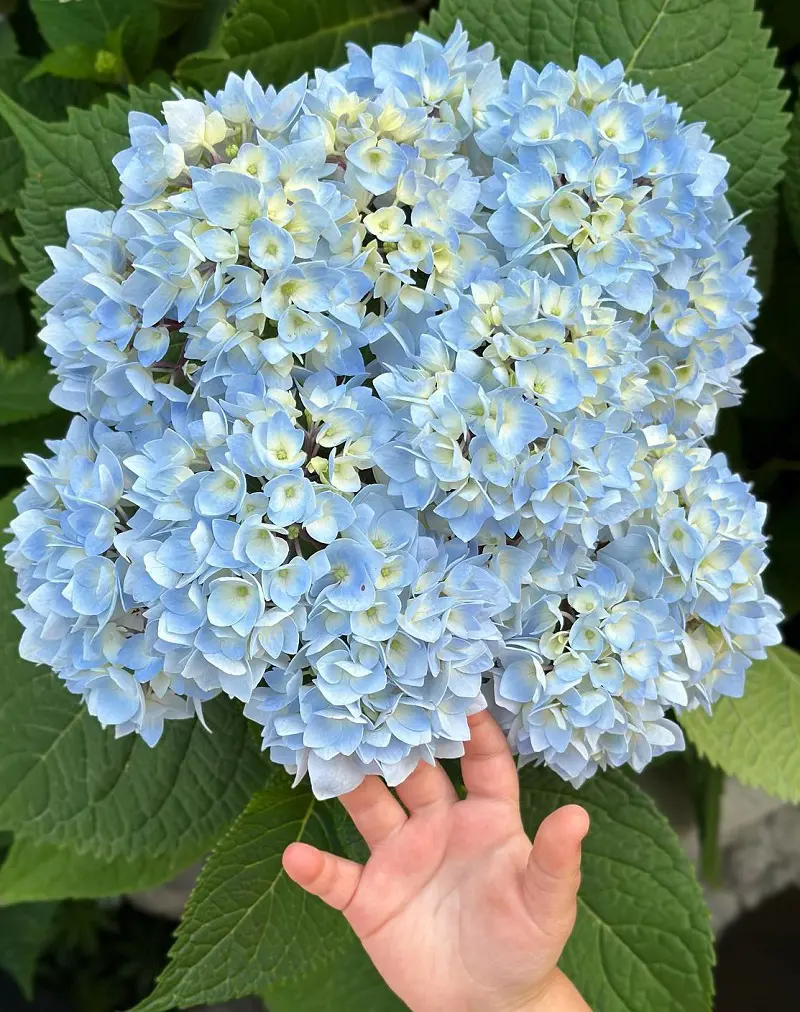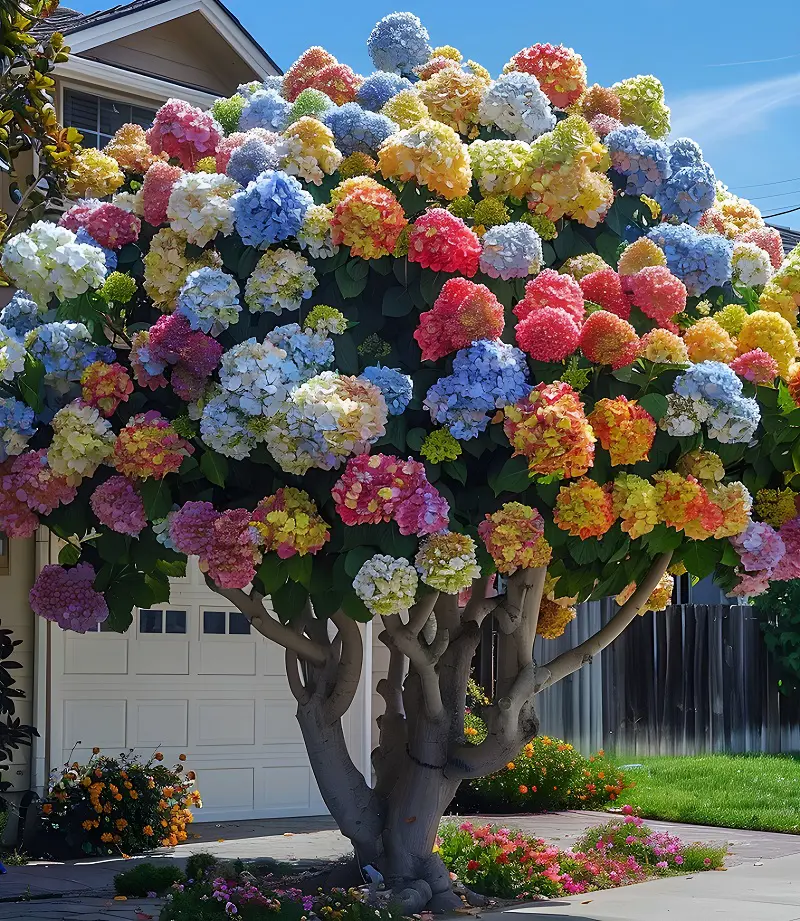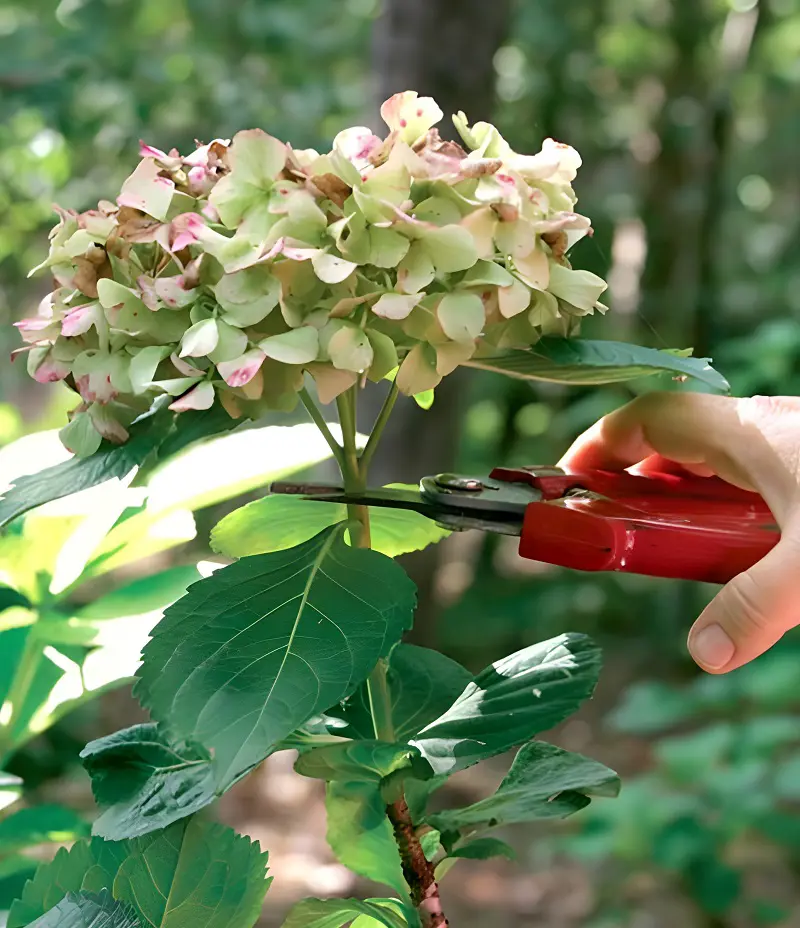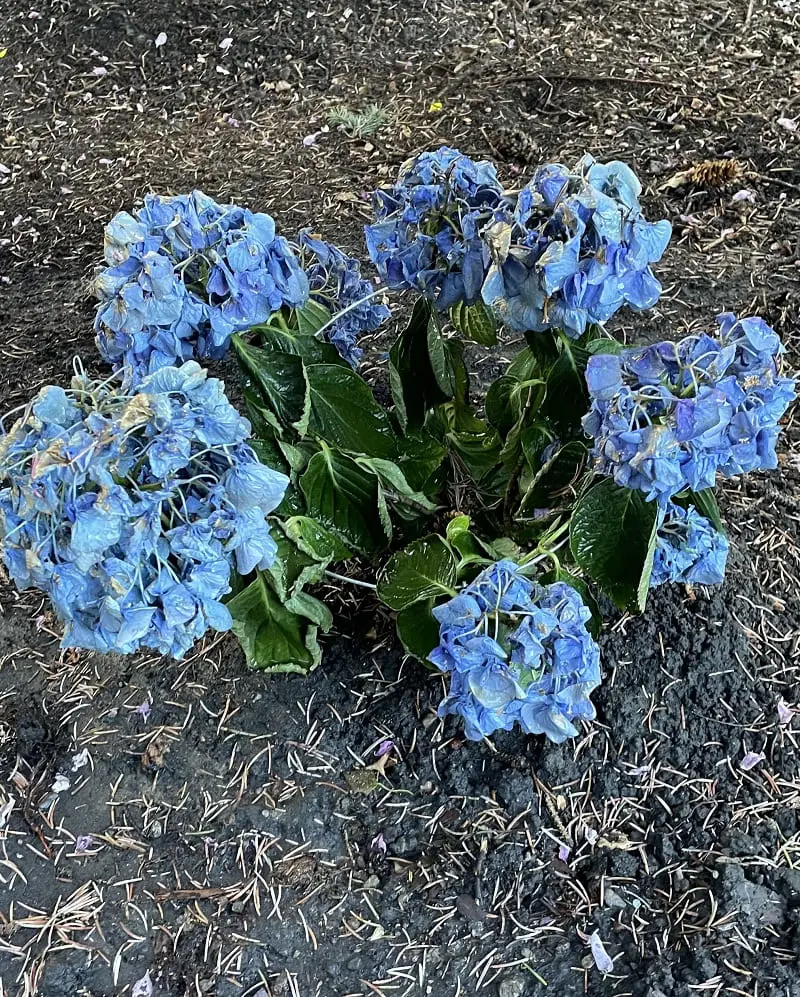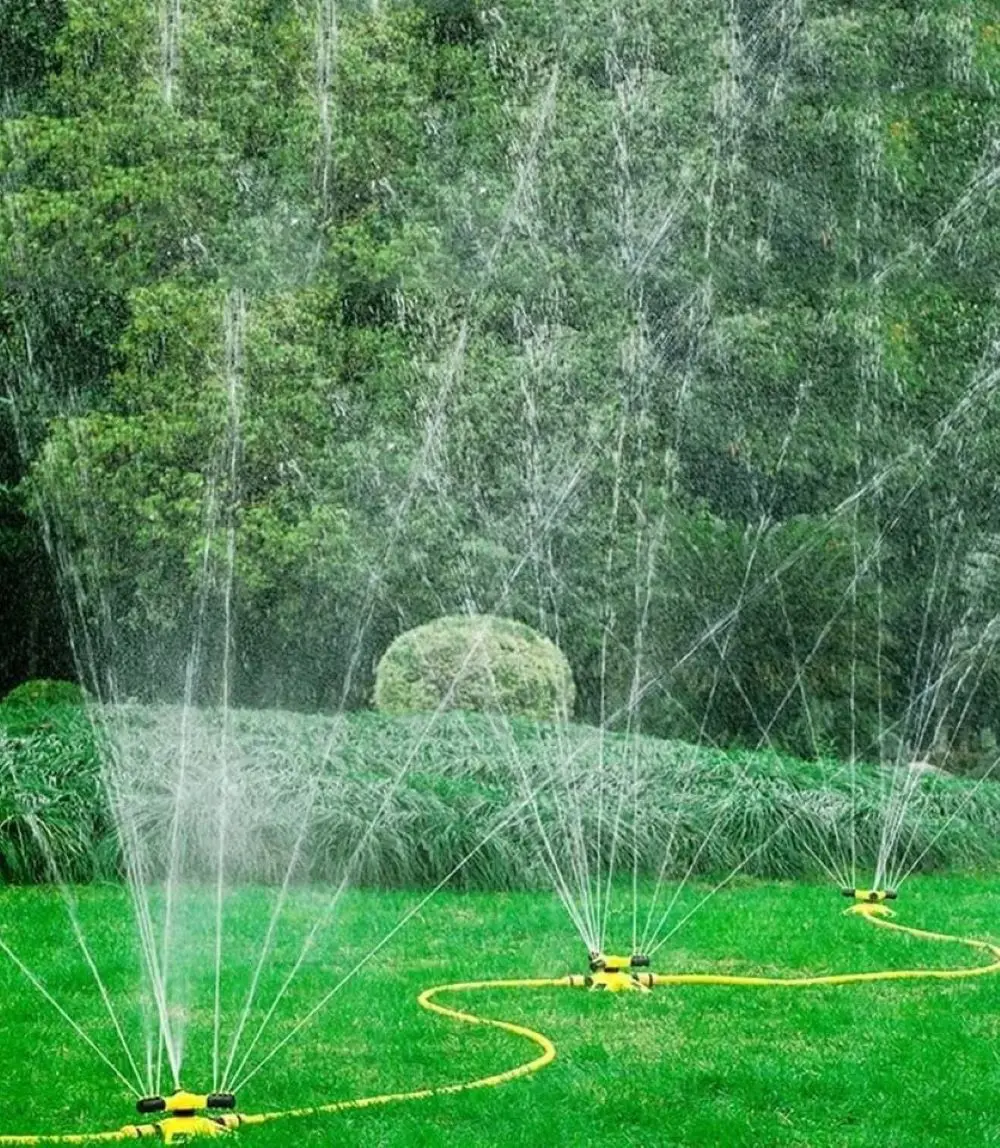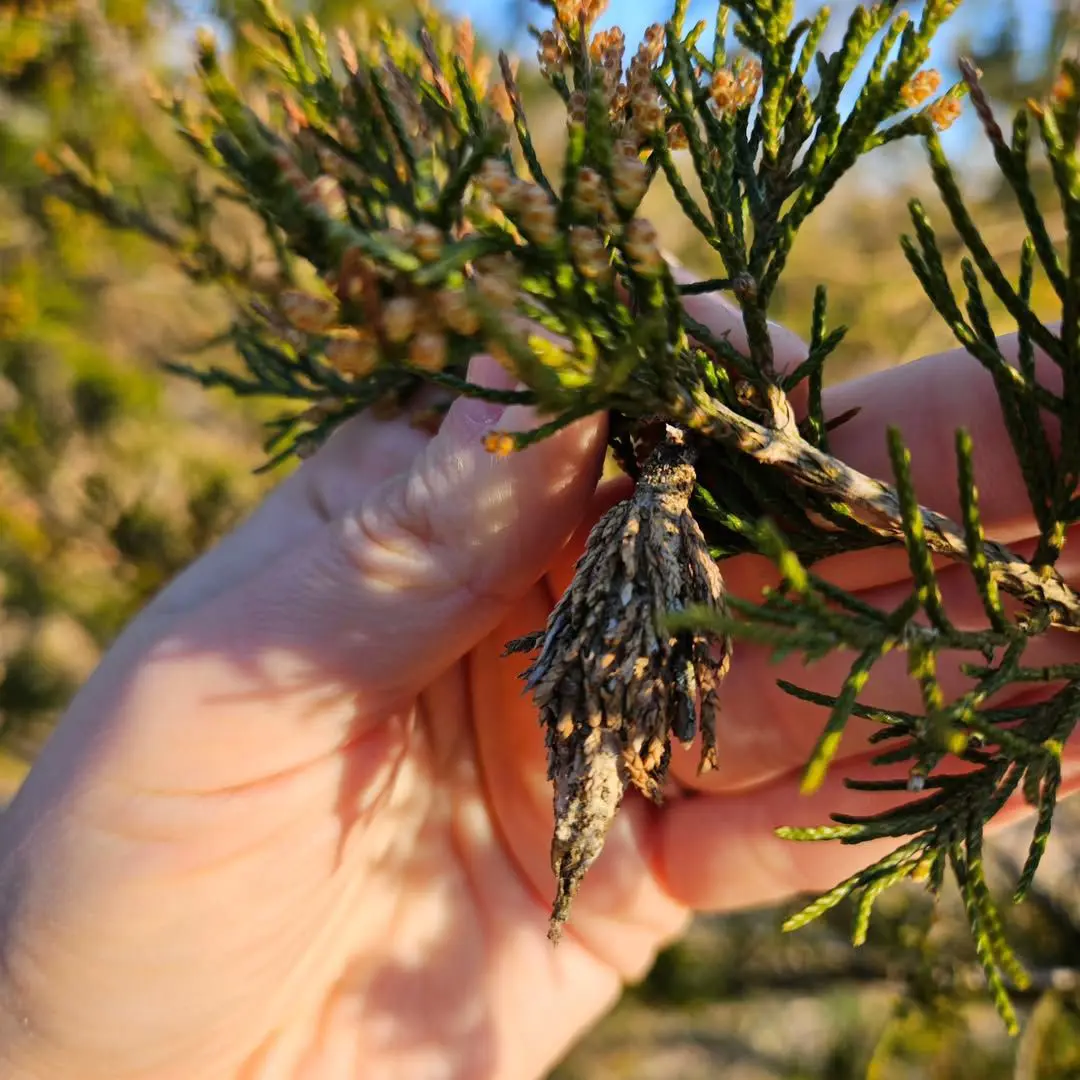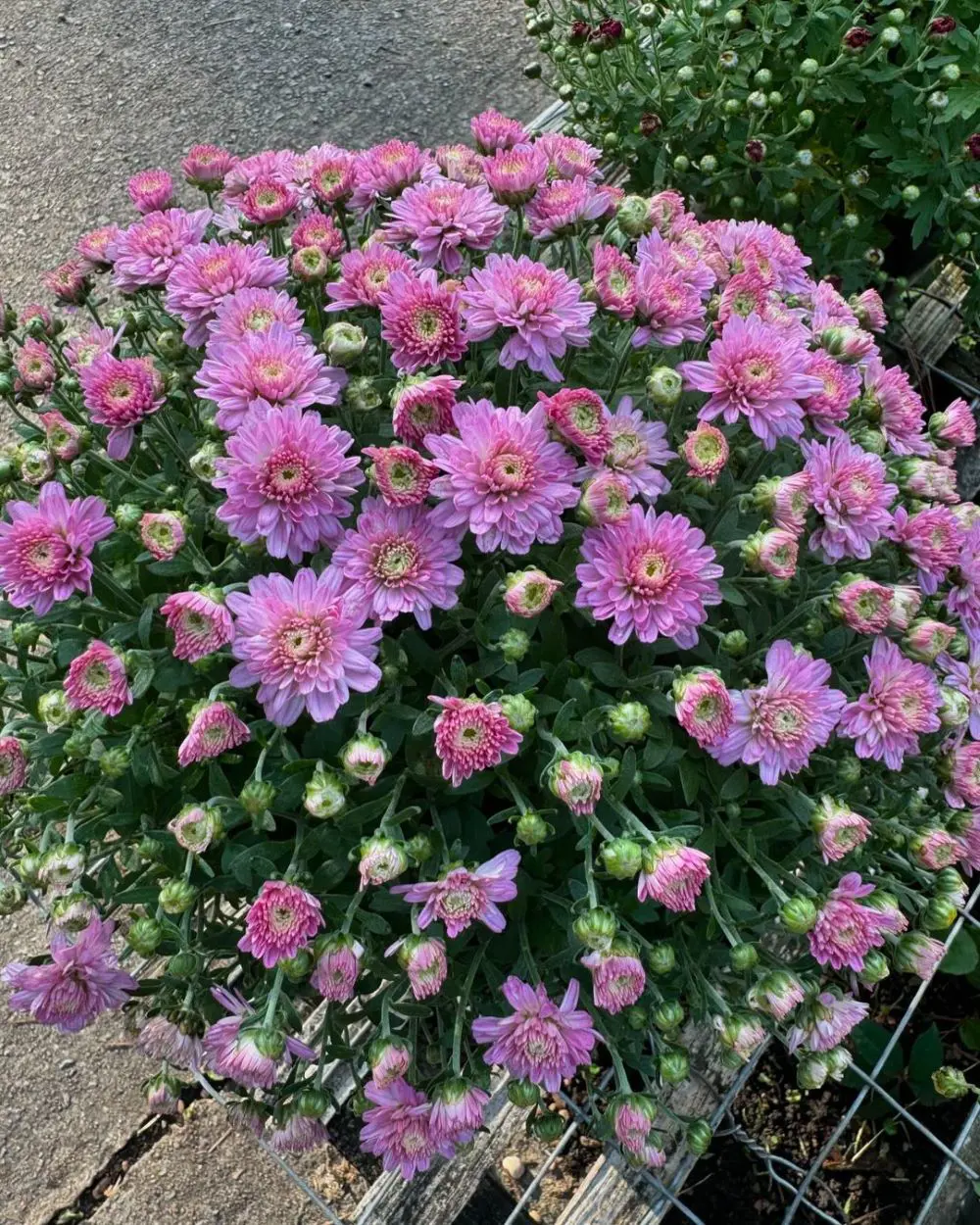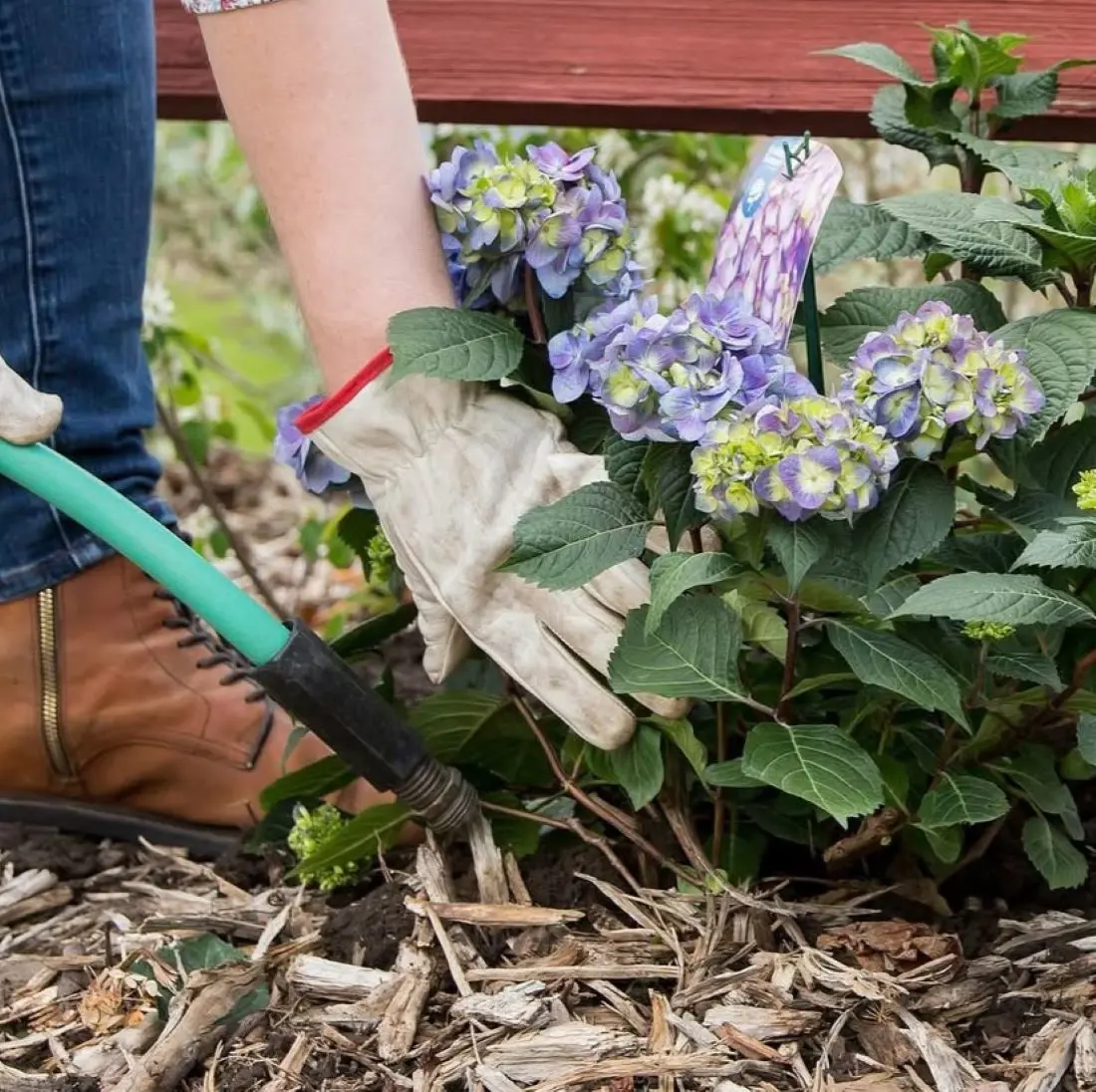Straight-Blade Pruner
The straight-blade pruner is the go-to tool for deadheading, having two straight blades with sharp edges on both sides, they make clean, precise cuts that prevent scarring and dead stumps that you get with anvil pruners.
They can reach places that are out of reach for bypass pruners but they should not be used to remove deadwood, as this will easily damage the straight blades.
Bypass Pruners
Bypass pruners are a must-have tool with two curved blades that bypass each other like a scissor, with one of the edges sharp and the other dull. They are comfortable to use and versatile for multiple purposes.
They make neat, clean cuts like a straight blade or cut deadwood like an anvil pruner allowing you to substitute rachet/anvil and straight blade pruners. However, we recommend having a dedicated pruner for deadheading as deadwood dulls the blade.
Gardening Gloves
Do not underestimate the importance of proper gardening gloves. Good, thick gardening gloves are a must-have accessory because they shield your hands from dirt, debris, thorns, and getting stabbed by hard deadwood.
"Wait, that's it?" Is that what you were thinking? Since you are working with dirt, having an open wound puts you at risk for tetanus as bacillus Clostridium Tetani is found in the soil.
Cleaning and Sharpening Tools
Before you start cutting your hydrangeas, clean all the blades with a scouring pad to remove rust and plant residue. Then, test the cutting action of your designated deadheading pruner on a plant.
If the cut isn't nice and clean, it will cause dead stumps; hence, sharpen the blade using a sharpening carbine stone or a file tool. You may also have to tighten your pruners if the cut is still poor.
Rubbing Alcohol
Wipe your pruners with a cloth swaddled in rubbing alcohol and allow them to dry before you can start. Keep the cloth handy to wipe the pruners after cutting a new plant.
This will keep the pruners free of bacteria and fungal spores, preventing diseases from spreading in your garden and between your hydrangeas.
Containers
Keep some empty containers nearby to hold the faded flowers and deadwood. Gardening always creates waste that needs cleaning up, this is especially true for deadheading.
However, there will be no waste to clean up if you don't cause a mess in the first place. Plus, don't underestimate the dried hydrangea deadheads' ability to roll away in a gust of wind.
